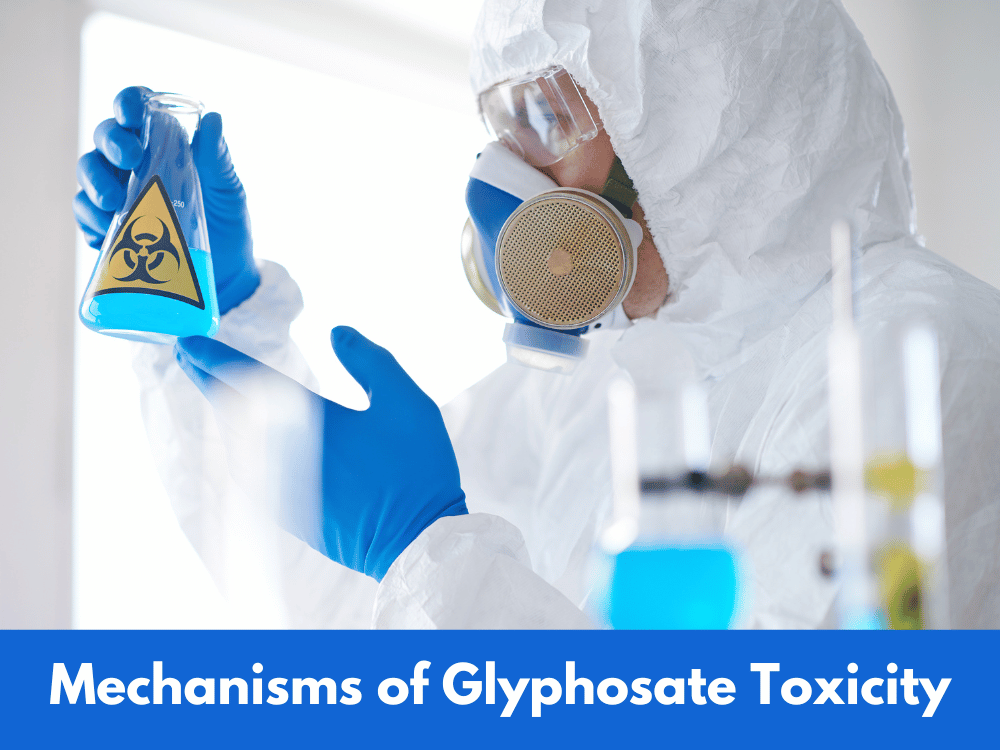Glyphosate, a chemical compound commonly found in the herbicide Roundup®, has been extensively researched by Dr. Stephanie Seneff, a senior research scientist from MIT, for its effects on human health and the environment. Dr. Seneff discovered a connection between glyphosate and autism while investigating autism rates in the early 2000s.
Glyphosate’s Effects on Health
Glyphosate disrupts our microbial balance by chelating essential minerals, rendering them both toxic and deficient. Moreover, it affects liver enzymes responsible for detoxifying other harmful chemicals. Dr. Seneff’s observation of gastrointestinal issues in many autistic children led her to suspect glyphosate as a contributing factor.
Correlation with Autism
Dr. Seneff’s research found a correlation between the rise in autism rates and the increased usage of glyphosate over time. This prompts further investigation into its mechanisms of toxicity.

Mechanisms of Glyphosate Toxicity
Glyphosate, though similar to glycine, has an additional methyl-phosphonyl group that alters its behavior. Despite this difference, the body’s protein-building machinery often substitutes glyphosate for glycine, leading to disruptions in specific proteins. Glyphosate’s effectiveness as a weed killer lies in its targeting of an enzyme called EPSP synthase, part of the shikimate pathway in plants. While claimed safe for humans by Monsanto, many gut microbes possess this enzyme and rely on it to produce essential aromatic amino acids.
Risks to Health and Environment
Glyphosate poses risks to both human health and the environment due to its disruptive effects on gut microbes and essential proteins. Dr. Seneff’s research emphasizes the importance of knowing glyphosate exposure and exploring ways to mitigate its impact.

Glyphosate Removal Techniques
To effectively remove glyphosate from water, a combination of filtration processes is recommended:
- Activated Carbon Filtration: Highly effective in removing organic contaminants, including glyphosate, through adsorption. Regular maintenance or replacement is necessary to maintain effectiveness.
- Reverse Osmosis (RO): A highly efficient filtration process that removes a wide range of contaminants, including glyphosate, by forcing water through a semipermeable membrane.
- Ion Exchange: Utilizes resins that selectively remove specific ions from water, effectively eliminating glyphosate.
Oxidation Processes: Glyphosate can be degraded by oxidation processes such as advanced oxidation processes (AOPs) using oxidizing agents like ozone, hydrogen peroxide, or UV light.
Recommended Filtration System
For glyphosate removal, we recommend the Life Sciences Five Filter Hydrogen Alkaline Bio Energy Water System for its effective combination of activated carbon filtration and ion exchange.
It’s important to note that the effectiveness of these filtration processes may vary depending on the concentration of glyphosate in the water and the specific system used. Understanding glyphosate’s impact and employing proper removal techniques is essential for maintaining health and environmental safety. Visit Life Water Report
